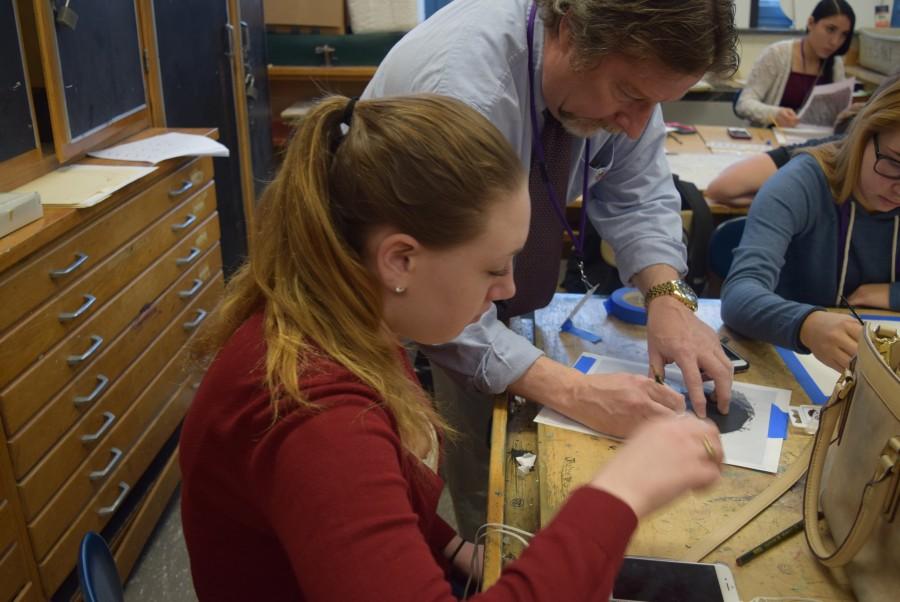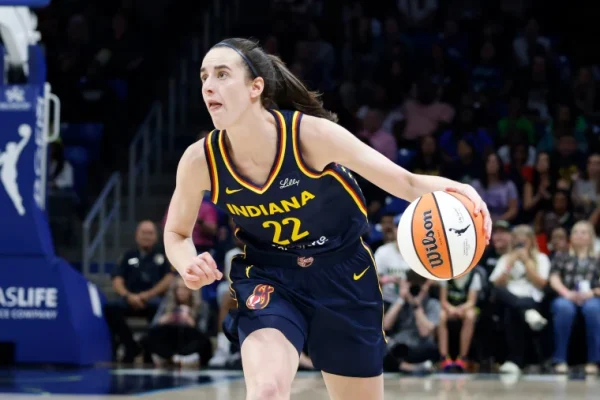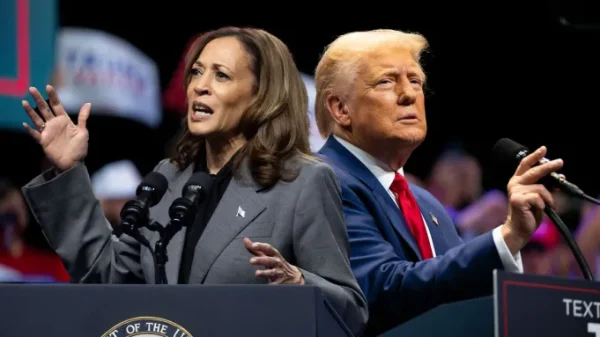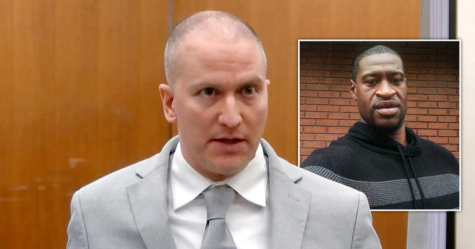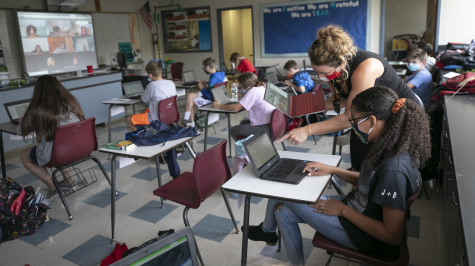The Arts In School: More Than Just “Extra”
Do arts get the credit they deserve for the role they play in student social and academic growth?
Something people always ask when they first meet you is, “Do you play any sports?” It makes sense that this is the first question that comes to mind. Sports are incredibly popular, we see them all over social media platforms and in our communities. They have many benefits for children; they make friends and learn important life skills, such as discipline, while also allowing them to exercise.
Sports are great, but how come we don’t instinctively ask, “Do you like to draw?,” or “Do you play any instruments?”
Like sports, the arts have many aspects that are very important for children to learn. The arts teach us how to express individual creativity and team building skills, help advance students academically, and give students more motivation to learn and stay in school. The arts are incredibly underrated in society, and should be pushed more in schools.
Art can be expressed in many forms; music, drawing/painting, theatre, dance, etc. Schools need to offer more artistic classes like this. Not everyone is athletic. The arts are so beneficial for children. With art, you are allowed to express yourself: you are in charge of what you create. It allows children to open their minds and be imaginative. In school, you are taught the same things as your peers and are expected to think of the same answers, but with the arts you can think for yourself. There are no limits to what you create.
Art too teaches you how to work as a team. If you are in a band, or a group, or play music in a symphony, you have to collaborate with the people around you to make a nice sound. In theatre, you have to memorize lines, and master your character to make your cast members look better, and to overall produce a well-acted play. Both of these skills are crucial for students to learn.
An art teacher at Holyoke High School, William Greaney, is very passionate about the arts and creativity in schools. He loves to quote Sir Ken Robinson, an author and educator. “Creativity draws from many powers that we all have by virtue of being human,” said Robinson. “Creativity is possible in all areas of human life, in science, the arts, mathematics, technology, cuisine, teaching, politics, business, you name it. And like many human capacities, our creative powers can be cultivated and refined. Doing that involves an increasing mastery of skills, knowledge, and ideas.”

To be an intelligent and interesting person you need to be able to express yourself creatively and imaginatively, however you need to have the ability to collaborate with others and succeed at it. These are things everyone must learn at some point in their life, and it is very effective through the arts.
The arts help advance students academically. It has been proven that students that take more art classes perform better on the SATs, and have a better chance of graduating from college. The New York Times reports that “low-income students who had arts-rich experiences in high schools were more than three times as likely to earn a B.A. as low-income students without those experiences. And the new study from the National Endowment reports that low-income high school students who earned few or no arts credits were five times more likely not to graduate from high school than low-income students who earned many arts credits.” These facts are from an actual study conducted by Education Secretary Arne Duncan in 2010.

A specific form of art that is especially helpful academically is music. Music is helpful with math. When you sing or play an instrument you have to be able to count measures, subdivide, understand fractions, and most importantly stay on the beat. These are all basic math skills that can be translated into the classroom. I’ve personally had the experience to meet and play string instruments with children from around the city, and the vast majority agreed that math was their favorite subject in school. When I asked them why, the general response was, “Because I’m good at it.”
Students tend to lack motivation in school, leading to them ultimately dropping out or only just getting by. When students have something like band practice, or art class, or even poetry club to look forward to, it makes them more likely to stay in school and even try harder. This is especially true of Holyoke High students. Manon Nadeau, a junior at Holyoke High can attest to it. “I feel like having the arts in schools makes the environment much more enjoyable for students, way more fun and enjoyable,” said Nadeau. “I look forward to every Thursday because I know at the end of the day I get to go to poetry club and take in all the amazing talent that’s going on here, and get to express myself.”
For a lot of kids, the arts are a nice release to the stress of everyday classes; they are a place where they can look forward to doing something they enjoy. These artistic clubs and classes make students feel excited to take on school days, which is a reaction that isn’t typically expressed about going to school.
Holyoke is very lucky that we have the art programs we do. In every public elementary school, students have the opportunity to learn string instruments such as the violin or cello. Every summer a wonderful five week camp occurs called Holyoke Summer Strings, a program where children get to learn how to play instruments, while always doing fun activities like arts and crafts.
Holyoke High has a great marching band, and choir. We offer multiple arts classes and have many clubs dedicated to the arts: drama club, poetry club, etc. Not all communities are as lucky however.
Sadly, the arts are usually the first thing to get cut when budgets are tight, even though these programs clearly have many positive effects on students and deserve to have the same recognition that sports get. They need to be pushed more in schools.



